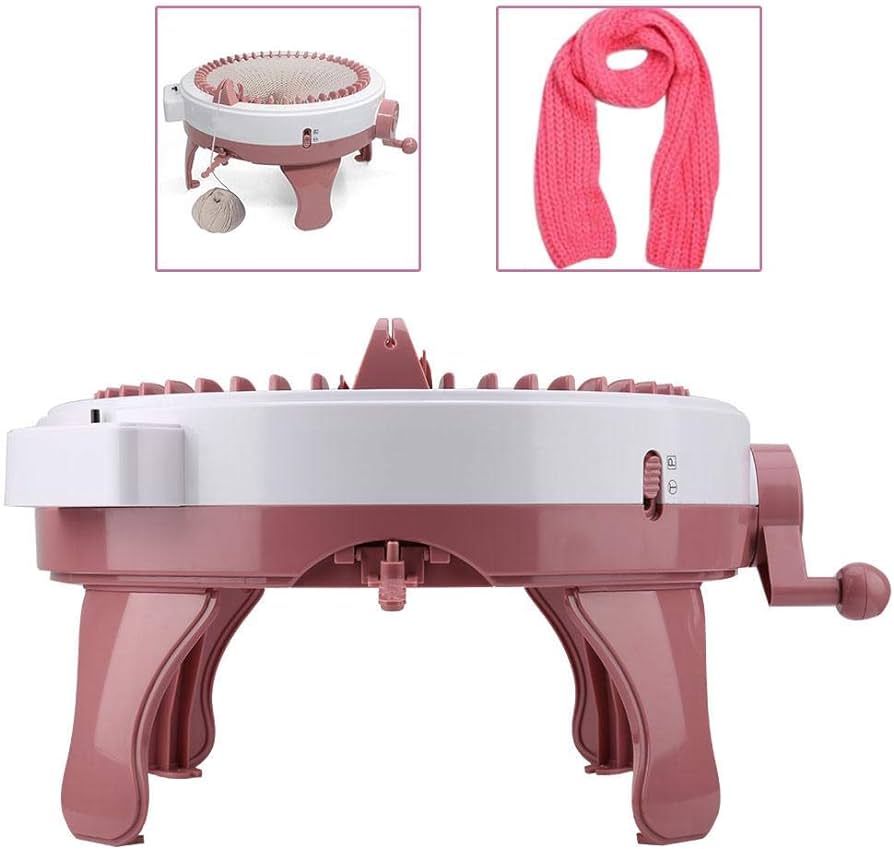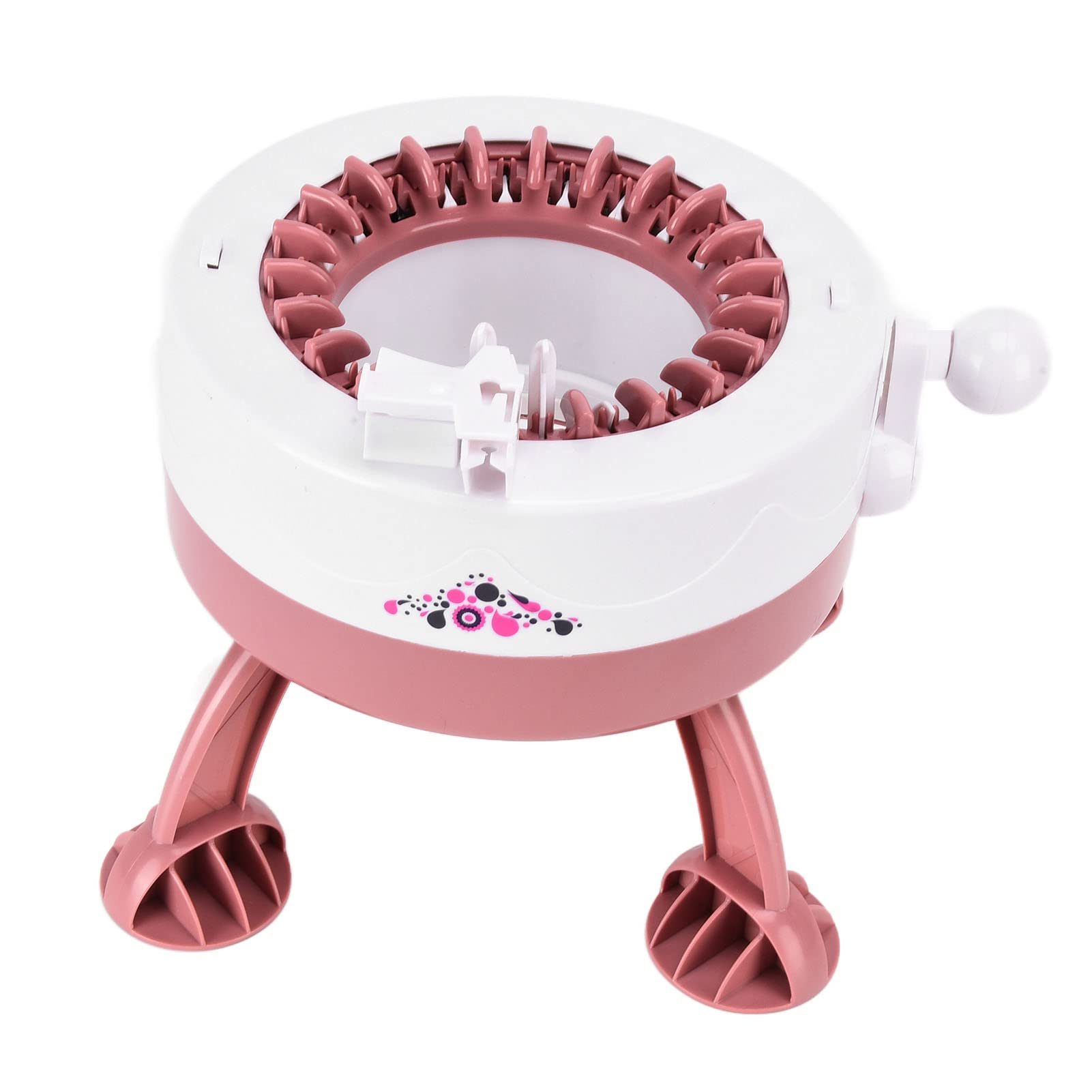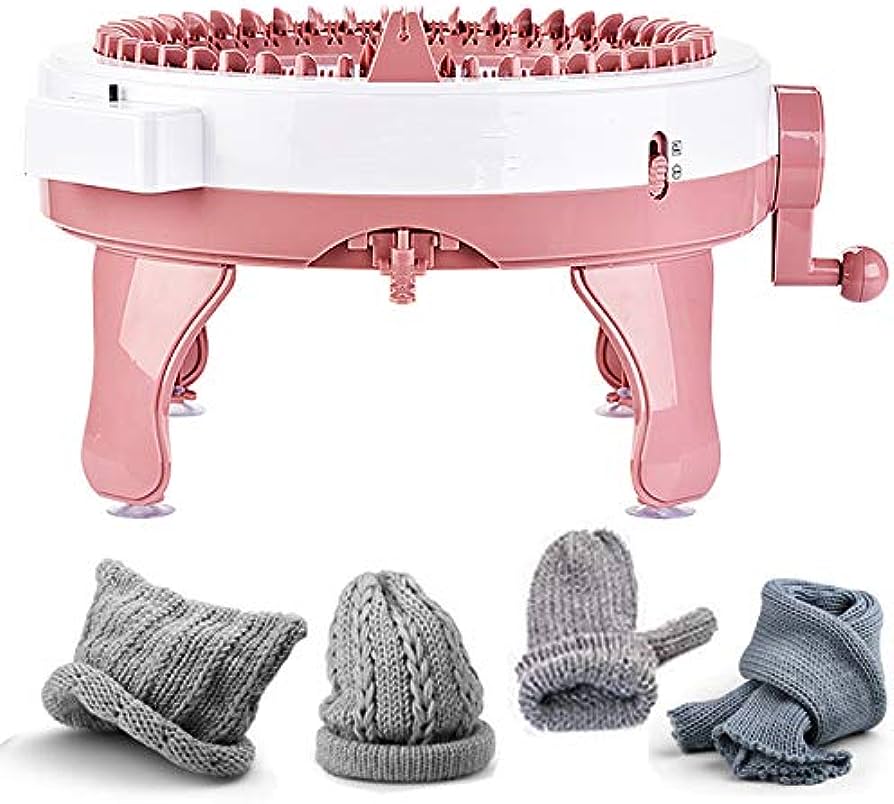Unleashing the Potential: Exploring Knitting Machine Attachments
Introduction:
Knitting machines volunteer a widely straddle of possibilities for knitters, and their functionality put u be dilated even further with the use of varied attachments or add-ons. These attachments are designed to enhance the capabilities of the knitting simple machine and enable knitters to create a diverse straddle of fabrics and patterns. In this article, we will dig in into the construct of knitwork machine attachments, hash out the different types available, and explore their popularity in the industry.
Understanding Knitting Machine Attachments:
Knitting simple machine attachments are accessories or add-ons that can be attached to a knitting simple machine to augment its functionality. These attachments are designed to perform specific tasks or techniques, allowing knitters to expand their creative possibilities and achieve versatile framework textures and patterns. They are typically designed to fit particular pucker simpleton machine models and can be well attached or distributed as needed.
Ribbers:
Ribbers are a popular inclined regard for knitting machines and are used to create costate fabric. A ribber fond regard consists of a endorse bang of needles that works in junction with the main bed of the knitwork machine. By cyclical ‘tween the briny catch some Z’s with and the ribber bed, knitters can create ribbed patterns much as 1×1 or 2×2 ribbing. The ribbers are wide used in knitting garments such as cuffs, collars, and hems.
Lace Carriages:
Lace carriages are attachments old for producing fortify patterns on knitting machines. These carriages have specialized mechanisms that allow them to manipulate the stitches and create complex lace designs. When the spike carriage is engaged, it moves across the knitting machine, by selection transferring, knitting. And creating eyehole holes to spring uncontrollable spike patterns. Lace carriages are particularly popular among knitters who undefinable creating delicate and light fabrics.
Intarsia Carriages:
Intarsia carriages are attachments studied for works with multiple colours in a design. These carriages allow knitters to well switch ‘tween colours and wangle the yarns needful for intarsia knitting. When the intarsia carriage is engaged, it mechanically selects and knits with the particular color, creating clean tinge blocks without floats. Intarsia carriages enable knitters to make complex-colored designs with ease.
Knit Leaders:
Knit leaders are attachments that help channelize knitters in creating more intricate patterns or designs on their knitting machines. Rumple leaders typically undefined of a obvious pliant shroud with preprinted design grids that can be placed on the knit machine’s bed. By following the grids, knitters can swell visualize and execute vague stitch patterns or designs accurately.
Popularity of Knitting simple machine Attachments:
The popularity of knitwork simple machine attachments varies depending on the preferences and of necessity of soul knitters. From each one attachment serves a particular resolve and caters to different knitwork techniques and fabric styles.
Among the versatile attachments, ribbers are one of the to the highest degree popular and widely used. Ribbers are super valued for their ability to create professional-looking costate fabrics with ease. They are commonly old in a wide range of knitting projects. From staple cuffs and collars to undefined ribbed patterns in garments.
Lace carriages are to a fault rather popular, particularly among knitters who enjoy creating delicate and intricate lace fabrics. The power to create complex spike patterns with preciseness. And ease up upwards makes impale carriages a worthy attachment for knit machines.
Intarsia carriages, while not as wide old as robbers or lace carriages. Are hopeful by knitters who work on with particolored designs. The convenience of switch between colors and managing yarns in intarsia knitwork makes this attachment highly sought later for projects that require clean colour block transitions.






